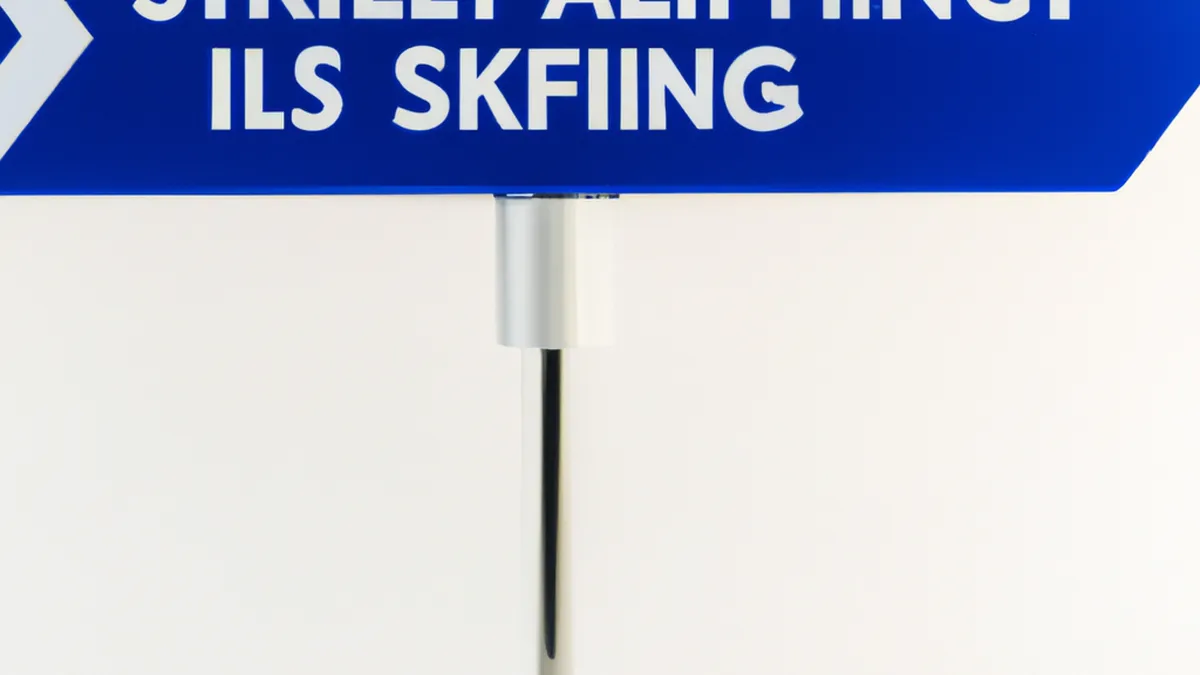Expectations Shape Your Agility Training Journey
The Significance of Setting Realistic Expectations in Agility Training
Agility training enhances athletic performance significantly. Whether you are an amateur or a seasoned pro, set realistic expectations for long-term success. This strategy helps you stay motivated and ensures steady progress. In this blog post, we will discuss the importance of realistic expectations, tips for setting them, advice on adherence, and benefits of a practical mindset in agility training.
Understanding Agility Training
Agility training improves speed, balance, coordination, and reaction time. Athletes perform various drills to boost their overall performance on the field, court, or track. Many individuals begin training without understanding their starting point or their sport’s demands. This lack of clarity can lead to frustration, burnout, and injuries.
Assess Your Current Skill Level
Assess your current abilities before setting goals. Determine if you are a beginner, intermediate, or experienced athlete. Understanding your skill level helps you create achievable targets. For example, if you struggle with lateral shuffles or cone drills, focus on mastering those first.
You can time yourself completing a basic agility drill or ask a coach to evaluate your skills. This assessment is crucial because it allows you to set challenging yet attainable goals.
Set Specific Goals
After assessing your skills, set specific goals using SMART criteria: Specific, Measurable, Achievable, Relevant, and Time-bound. Instead of generalizing, specify your goal, like improving your shuttle run time by 2 seconds in four weeks. This clarity keeps you focused and motivated as you track progress.
For example, if you want to enhance your agility, aim to complete agility drills three times a week for a month. Breaking down your goals into smaller tasks creates a clear roadmap for success.
Tips for Setting Realistic Expectations
Setting realistic expectations demands honesty and patience. Keep these tips in mind:
Break Down Your Goals
Break larger goals into smaller, manageable tasks. If you want to improve lateral quickness, practice targeted drills. Dedicate one session to lateral hops and another to cone drills focusing on quick direction changes. Set weekly targets to monitor progress. This incremental approach makes goals feel achievable and builds confidence.
Consider Your Schedule
Ensure your training schedule fits into your daily life. If you have a busy work schedule, allocate shorter, manageable training sessions. Aim for consistency.
Conclusion
Setting realistic expectations in agility training enhances motivation and progress. Assess your skills, set specific goals, and break them down into manageable tasks. Stay consistent, and enjoy the journey.
Below are related products based on this post:
FAQ
Why is it important to set realistic expectations in agility training?
Setting realistic expectations in agility training is crucial because it helps maintain motivation and ensures steady progress. By understanding your current skill level and setting achievable goals, you can avoid frustration, burnout, and potential injuries, leading to a more successful training experience.
How can I assess my current skill level for agility training?
You can assess your current skill level by timing yourself on basic agility drills or seeking feedback from a coach. This evaluation will help you understand whether you are a beginner, intermediate, or experienced athlete, allowing you to set appropriate and achievable targets for improvement.
What are some tips for setting specific goals in agility training?
To set specific goals in agility training, use the SMART criteria: Specific, Measurable, Achievable, Relevant, and Time-bound. For example, instead of a vague goal, aim to improve your shuttle run time by 2 seconds within four weeks. Breaking down larger goals into smaller tasks and ensuring your training schedule fits your daily life will also help you stay focused and motivated.















Post Comment